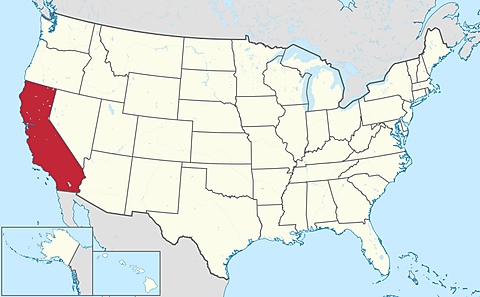
California State Auditor Gives Up on Local Government Monitoring
The Census Bureau recently reported that the US has 90,837 local governments. Many of these entities are superfluous, insolvent, or poorly managed. In several states, an oversight body is responsible for identifying, righting, and even dissolving local governments that are failing. For example, the North Carolina Local Government Commission dissolved the town government of East Laurinburg due to a chronic inability to manage its finances. The town is now an unincorporated community with government services provided at the County level.
Unlike North Carolina, California does not empower an executive agency to dissolve local governments, but it does give them oversight responsibilities. Both the State Controller and State Auditor have the power to conduct local government audits.
But with thousands of local governments across the Golden State, determining which ones to investigate is challenging. The decline of local newspapers means that fewer reporters are looking for cases of waste, fraud, and abuse, so reviewing local government financial statistics may be the best option.
In 2019, the California State Auditor implemented a new platform to identify underperforming local governments. The office collected their audited financial statements, extracted key statistics, and calculated ten financial metrics for each entity. Finally, the auditor calculated a composite financial health score for each government, choosing from among the lowest scoring for full audits.
The auditor published its scores on a public website called the Local Government High‐Risk Dashboard. This site provided remaining local journalists and concerned citizens a way to quickly see how their city compared to others across the state. While the site would have ideally included all local governments, it was confined to cities and towns.
One city that came to the auditor’s attention through this analysis was El Cerrito, in the San Francisco Bay Area. In a March 2021 report, the auditor concluded, “The city’s poor budget development practices have led to substantial increases in budgeted expenditures that it cannot afford.” Since then, the city has implemented a corrective action plan under the auditor’s supervision. In a March 2023 review, the auditor found that “El Cerrito has improved its budgeting processes to provide meaningful information for making fiscally sound decisions.”
While the auditor operated its dashboard, local government fiscal health improved largely because of higher real estate values (which, in turn, drive up property tax collections) and federal support provided under the American Rescue Plan Act. As a result, fewer cities are exhibiting severe financial distress and thereby becoming audit candidates. These tailwinds in local government finance are tapering off in 2023 as entities spend down their federal aid and property values stabilize (or, in the case of offices, decline). The result may be a new crop of audit candidates.
Unfortunately, the State Auditor abandoned its dashboard in October, citing a need to divert staff to overseeing California’s state financial audit, which has been late for five consecutive years. In announcing the discontinuation of its local government high‐risk dashboard, the office did not mention any plan to eventually reinstate the project, so it may be gone forever.
And if government finances are deteriorating, the California state government will lack a useful tool to monitor trends. This could leave policymakers open to surprises like the one that happened in 2012, when three California cities filed for bankruptcy in relatively quick succession.
Operating the dashboard required a substantial resource commitment at the State Auditor’s office. Because there is no single public repository for local government audited financial statements, employees have to spend considerable time locating the audits. And, because the audits are published in PDF format, finding and entering key financial statement metrics is unnecessarily time‐consuming. Federal legislation intended to make state and local government financial statements “machine readable” should ameliorate this problem if these laws are properly implemented.
Hopefully, the California State Auditor will reconsider its decision to suspend local government financial monitoring efforts. North Carolina, with its comprehensive monitoring and dissolution powers, offers a template for what is possible.



